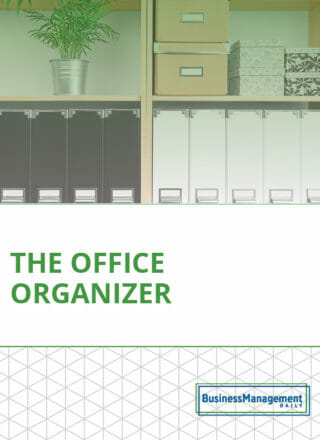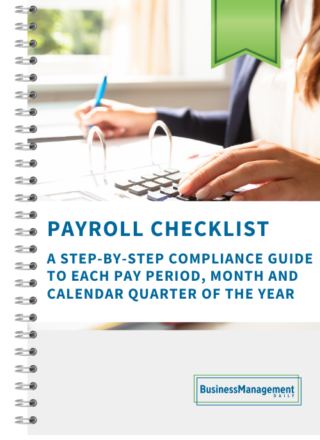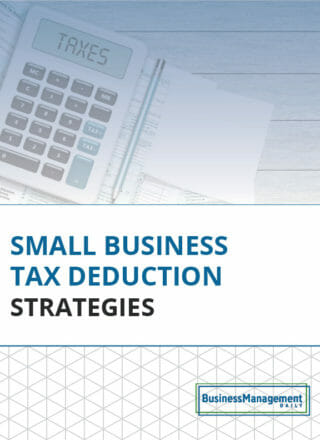Introducing FedNow: The Fed’s new direct deposit service
 Direct deposit is a closed loop. You send the payroll file to your bank a few days before payday and your bank sends files through the ACH network to employees’ banks. It takes some time for the funds to settle, although employees’ net pay usually hits their bank accounts two days before payday. Whether they can access their pay before payday is up to their banks.
Direct deposit is a closed loop. You send the payroll file to your bank a few days before payday and your bank sends files through the ACH network to employees’ banks. It takes some time for the funds to settle, although employees’ net pay usually hits their bank accounts two days before payday. Whether they can access their pay before payday is up to their banks.
NACHA, the electronic banking organization in charge of ACH transactions, also allows same-day settlement, which is especially handy when paying a terminating employee’s final wages.
The Federal Reserve is the big new player in electronic transactions. It’s offering banks what it calls an instantaneous service—FedNow. FedNow isn’t the same as same-day settlement, but is a complement to it or any direct deposit program.
The process for FedNow is similar to NACHA’s settlement process for direct deposit, but instead of NACHA settling transactions, the Federal Reserve does.
What FedNow isn’t: FedNow can allow employees to access their entire net pay instantaneously, but it’s not the same as on-demand pay.
Same-day settlement vs. FedNow
You would not want to use same-day settlement for your regular payroll, because some additional cost is involved. In addition, same-day settlement is limited to transactions not exceeding $100,000, and your transaction must fall within one of three settlement windows:
- You get your file to your bank by 10:30 a.m. Eastern time; employees’ banks receive files by noon; transactions settle by 1:00 p.m.; funds are available by 1:30 p.m.
- You get your file to your bank by 2:45 p.m. Eastern time; employees’ banks receive files by 4:00 p.m.; transactions settle by 5:00 p.m.; funds are available by 5:00 p.m.
- You get your file to your bank by 4:45 p.m. Eastern time; employees’ banks receive files by 5:30 p.m.; transactions settle by 6:00 p.m.; funds are available at the end of the processing day.
Miss the last window and you’re out of luck until the next day’s first window opens.
FedNow, on the other hand, purports to be practically instantaneous, allowing you to settle your payroll within seconds.
The advantages:
- You have more time to calculate overtime and other off-cycle payments.
- You can pay employees properly, even if their timesheets are late.
- You can use it to pay final wages to terminating employees.
The primary disadvantage is that the number of participating banks is limited for now. The Fed hopes to add more banks in the future. Also, FedNow isn’t free for banks, and banks will undoubtedly pass their costs on to customers.
As for fraudulent transactions, fraudulent direct deposits can be reversed within five days. FedNow has built in some fraud fighting abilities.
Talk to your bank if you’re interested in FedNow.
FedNow’s other utility
FedNow may or may not eventually compete with NACHA’s direct deposit. Until many more banks sign on, you will use the ACH network for your regular payroll.
FedNow ultimately seems to be designed to compete with other person-to-person payment apps like PayPal or Venmo, bearing in mind it’s not remotely the same as those payment apps. Since FedNow’s payments go through banks, both parties’ banks would need to offer it and both parties would need to have their banks’ apps loaded onto their phones (this is probably a given these days anyway). But FedNow offers something private payment apps can’t—FDIC protection.
You can download a one-page explanation here.



